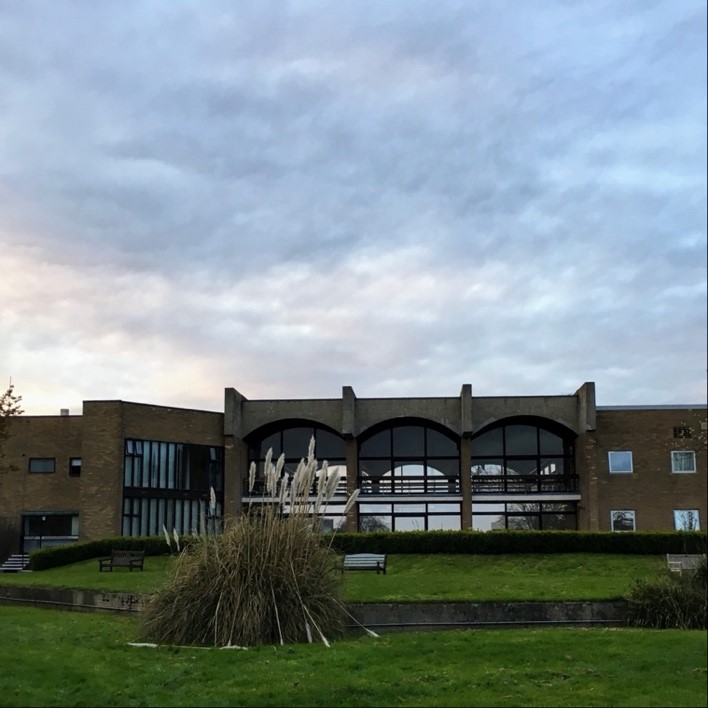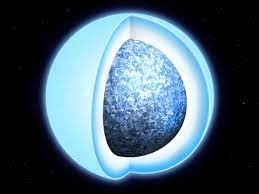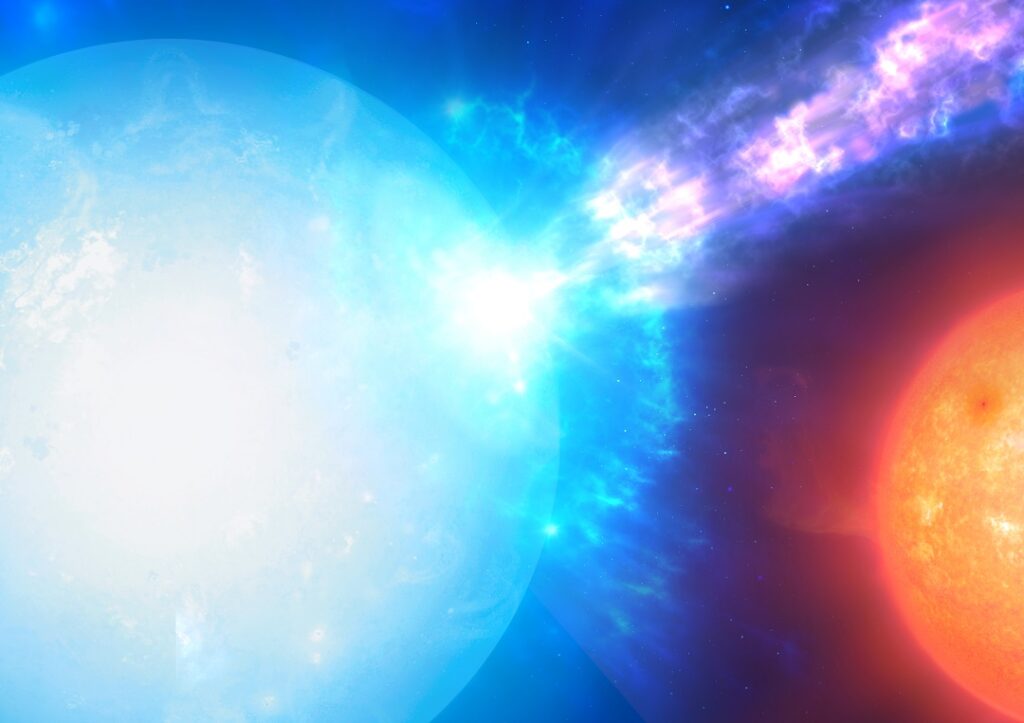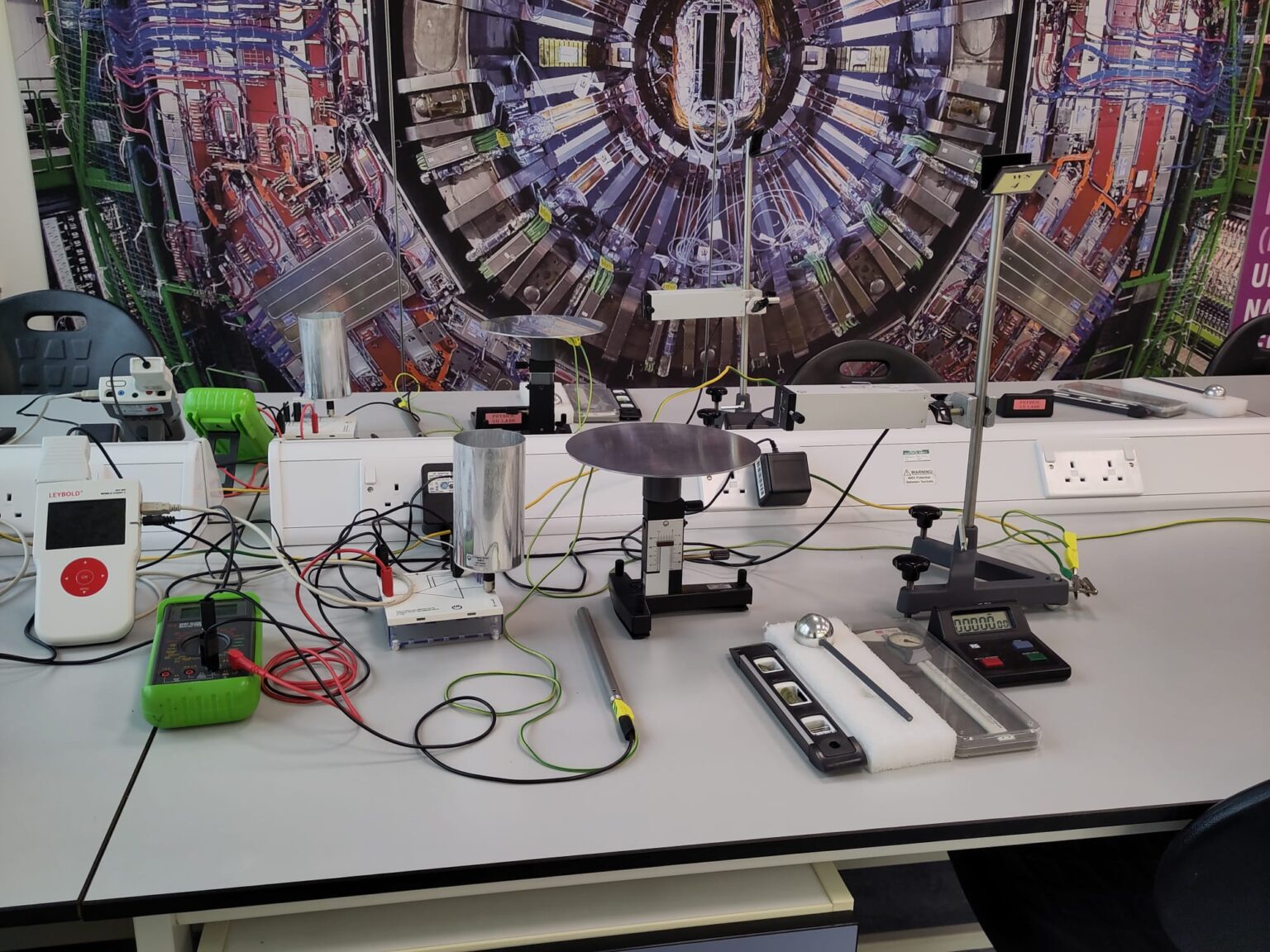Above image – An artist’s impression of a micronova explosion from the base of the accretion stream at the magnetic pole of an accreting white dwarf in a binary star system. Credit Mark Garlick and Durham University.
My research project
In the academic year 2020-21, I spent my MPhys project at Durham trying to understand the cause of some rapid changes in brightness seen in accreting magnetic white dwarfs.
White dwarfs are the remnants of main sequence stars (stars like our Sun). Their gravitational field is so strong that if there is a nearby main sequence star, the white dwarf can pull in (accrete) matter from that star, producing a disk around the white dwarf.
The main focus of my MPhys project was considering and ruling out possible different scenarios that could have caused these rapid changes in brightness.
This was seen in two accreting white dwarfs that were observed with the NASA satellite TESS. I concluded that the increases in brightness most likely could not have originated from the disk around the white dwarf, or from the main sequence star. I also looked for periodic signals in the TESS data to work out how fast the white dwarf and main sequence star in each system orbited each other, and how quickly the white dwarfs themselves were spinning.
My project supervisor Dr. Scaringi, and his collaborators continued working on this project after I had graduated in the Summer of 2021. They found a viable explanation for the rapid brightness changes – which we call ‘micronova’.
These micronovae are thermonuclear explosions that occur on the white dwarf’s surface, which are kept localised by the magnetic field of the white dwarf. Excitingly, this work is now published in the journal Nature, read the paper here. Hopefully, many more of these micronova explosions will be observed in the future so we can learn more about the process of accretion onto magnetic white dwarfs.
My time at Durham
I was a member of St. Aidan’s College, and I graduated from Durham in 2021 with an MPhys in Physics & Astronomy. I loved my time at Durham, and I am so grateful for the opportunity to have worked with dedicated researchers like Dr. Scaringi on research that has a meaningful impact in the field. I was always passionate about astrophysics, and this project showed me that I wanted to pursue research as a career.

What I do now
I am in the first year of my PhD in Astrophysics at the University of Warwick. In my PhD project, I am using white dwarfs to trace the stellar formation history of the Milky Way. In order to look for changes in star formation rate throughout the galaxy’s past, we are creating a large catalogue of white dwarfs out to 40pc and determining the ages of these white dwarfs in different parts of the Milky Way. I love astrophysics and I’m so glad that I have the opportunity to continue studying it and making new discoveries about the universe!

Discover more
Our Department of Physics is a thriving centre for research and education. Ranked 4th in the UK by The Guardian University Guide 2022, we are proud to deliver a teaching and learning experience for students which closely aligns with the research-intensive values and practices of the University.
Feeling inspired? Visit our Physics webpages to learn more about our postgraduate and undergraduate programmes.
Read more about the research here









